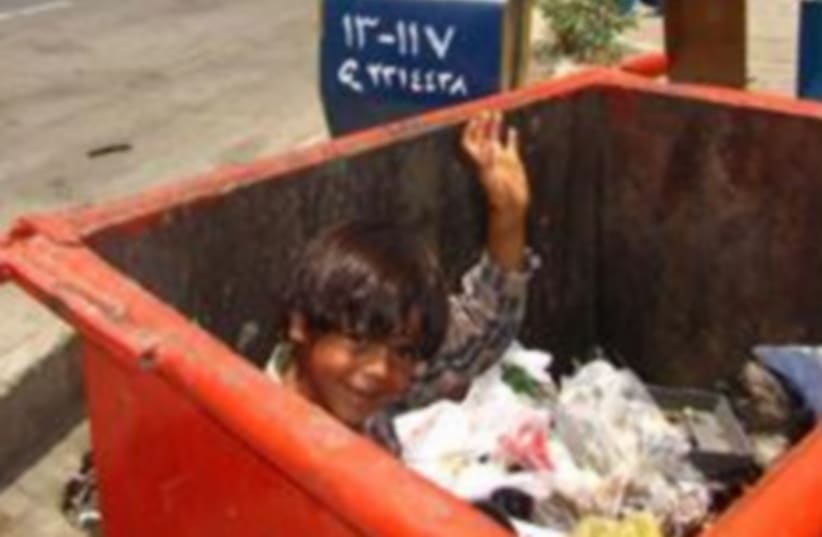Like all big cities, Tehran produces vast amounts of garbage. But, as is often the case, one man’s trash is another man’s treasure, or in this particular instance, a child’s treasure. Mostly hidden from view, there are groups of children in Tehran that go around the city looking through trash cans, and separating out recyclables and other things they might be able to sell.
For example, metal and plastic worth 70-80 toman per kilo or dry bread being sold for 40 toman per kilo. These are just small examples of the recycling industry, where children play the roles that their families can't.
Iran has not ratified international conventions defining a minimum age for work, but it has set its own rules to prevent child labor. A child in Iran cannot legally work under the age of 15. However, there is a loophole that allows exploitation.
Most of the street children live in the slums of south Tehran and are sent out to work every morning by their parents. They travel to the affluent suburbs of north Tehran where they shine shoes, clean car windshields (if they can reach) and sell an assortment of junk and oddities: chewing gum, flowers, fortune poems, nylon socks and cheap shoes.
South Tehran is where most Iranians in the city live, squeezed into decaying houses in narrow, twisting alleys. The hub of the 1979 Islamic Revolution, south Tehran, is a densely populated urban sprawl, spilling further and further south in a sea of bazaars and black chadors. This is the district of the poor, working class and religious, where people still flock to Friday prayers.
The office of the United Nations High Commissioner for Refugees (UNHCR) estimates that there are about a million Afghan refugees in Iran. Most of their children do not go to school but work instead. "In theory, Afghans are not allowed to work in Iran - at whatever age," the UNHCR says.
Determining the numbers of street children in Iran is virtually impossible. In a 2005 report by the US State Department, by the Iranian government’s own admission, 60,000 street children were accounted for in Iran.
Numerous child rights organizations suspect that the number is substantially higher, citing figures of 200,000 or more.
